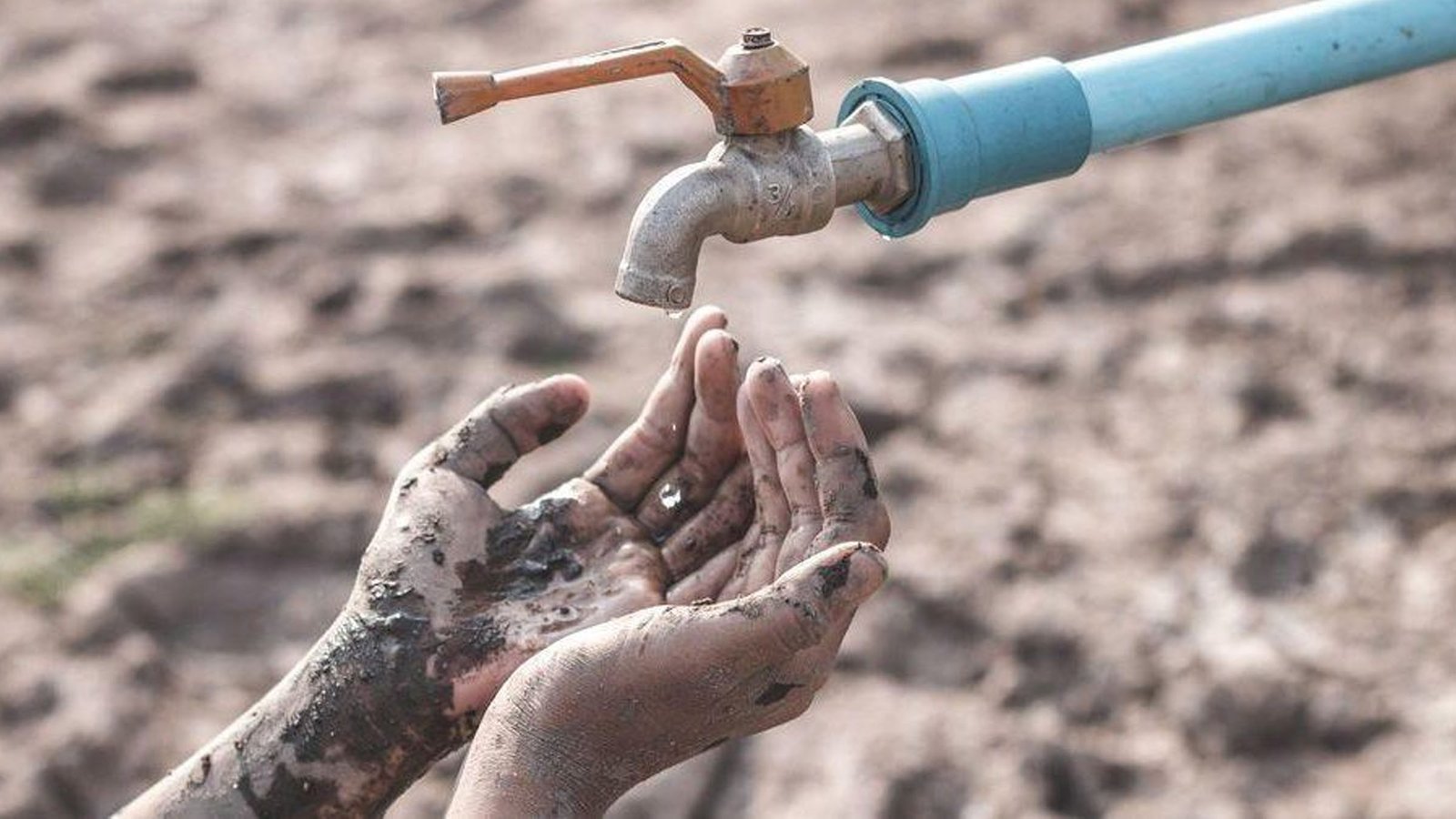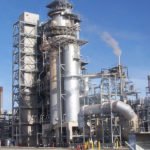Sustainability has become a major investment focus. News headlines frequently point to how investors are sidestepping old energy sources such as coal, favouring greener and more sustainable alternatives.
According to the US Forum for Sustainable and Responsible Investment (US SIF), the size of the US sustainable investment since 1995 has increased more than 25-fold, today totaling portfolios worth $16.6 trillion. Perhaps more impressive is that this total has grown from $11.6 trillion in 2018, showing sustainability investment is accelerating.
Sustainability comes in many forms, and it can range from resources to production to who companies hire. Environmental, social, and governance (ESG) investment is a big priority related to the strategies of many organisations. Energy is arguably the leading area that attracts sustainability investments, especially since it relates heavily to carbon levels and climate change concerns.
Yet, for all the positivity towards sustainability, the world is developing a blind spot for a particular resource – water.

If you look at comments and stories around sustainable investment, water does not feature often. When it does, it’s usually around pollution and tends to be grouped with air quality. Yet, that doesn’t capture how multifaceted water is in today’s world. For example, there is a direct correlation between water availability and energy generation – not just in terms of hydro-generation, but cooling and other technical requirements. Water is also a critical part of agriculture and food security, and a primary topic around urbanisation.
Then why isn’t water as firmly on the agenda as other sustainability topics? The likely answer is that we take the resource for granted. Cheap and easy access to water convinces us that it’s not threatened. Water shortages are still much rarer than power blackouts – though that is changing. The stories of drought impacting cities such as Cape Town and Chennai, or entire states like California, are becoming more frequent.
READ: Timimoun wastewater treatment plant to be operational by end of January
Companies are taking note. According to a research note from Barclays released a few months ago, water scarcity is “the most important environmental concern” for the global consumer staples sector. A growing number of large enterprises worry about water access, a topic that is rising to the top of risk registers – especially since there is real cause to believe that climate change will be a risk multiplier around water issues.
Barclays estimated that freshwater demand for food cultivation will increase 40% by 2030, and the consumer staples sector can expect a cost impact of at least $200 billion. Costs are already rising: the average cost of water in 30 major US cities rose by 60% between 2010 and 2019. The bank concludes that water should be the leading ESG concern.
Fortunately, there is a lot we can do to improve water availability. Established water infrastructure can benefit tremendously from modern digital enhancements such as smart metering, small leak detection and wastewater recycling. Communities can be a part of the solution if we introduce them to sustainable water practices and help them appreciate and take charge of local conservation efforts. Agriculture can adopt more sustainable water practices – a particular opportunity for South Africa’s growing smallholder farming industry. Environmental efforts to remove thirsty alien plants, rehabilitate wetlands and replenish aquifers will significantly improve water resources.
Above all, water sustainability is a culture. We must use opportunities to promote and amplify the importance and delicacy of water to each person, encouraging them to look at their water habits. Imagine if someone just left taps running – it would get under most people’s skins. We can explore ways to expand that attitude into other areas of water preservation.
If we don’t treat water sustainability as a priority, it will assert itself. If you think the world stops turning when the power goes out, imagine what happens when taps run dry. We can still light a candle, but we can’t encourage a trickle from a tap. Barclays put it best:
“Water should be considered the largest driver of environmental concern for the staples sector,” and water is likely to have “a greater financial impact on the sector than carbon reduction strategies”.







